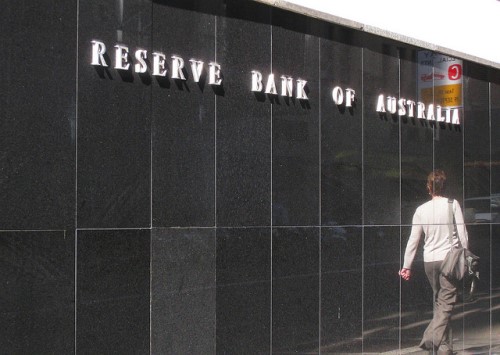
The Reserve Bank of Australia (RBA) has maintained its concern about inflation, leading to its decision to resume the rate hike trend in May.
This latest move brings the the cash rate to 3.85%. CommBank economists were the only ones to correctly predict this month's cash rate decision.
While the overall inflation rate has decreased from its peak, the latest quarterly CPI showed that services inflation is still increasing and has yet to reach its peak.
CreditorWatch chief economist Anneke Thompson said the RBA's latest move aims to push the economy deep into restrictive territory to slow demand in the services sector and ease price rises.
"We are now likely at the peak of the current monetary policy tightening cycle, as the current settings will place enormous pressure on borrowers, particularly those who secured home loans in the past two years," Thompson added.
Here are the highlights of the statement of RBA Governor Philip Lowe:
On inflation:
- Inflation has passed its peak, but the current levels of 7% is still to high and it will take some time before it is back in the target range.
- Further increase in interest rates was warranted for the month.
- Inflation is expected to be 4.5% in 2023 and 3% in mid-2025.
- Goods price inflation is clearly slowing due to a better balance of supply and demand following the resolution of the pandemic disruptions.
- But services price inflation is still very high and broadly based and the experience overseas points to upside risks.
- Unit labour costs are also rising briskly, with productivity growth remaining subdued.
On the pause in April:
- The RBA held interest rates steady last month to provide additional time to assess the state of the economy and the outlook.
- While the recent data showed a welcome decline in inflation, the central forecast remains that it takes a couple of years before inflation returns to the top of the target range.
On the labour market:
- Unemployment rate is at near 50-year low.
- Many firms continue to experience difficulty hiring workers, although there has been some easing in labour shortages and the number of vacancies has declined a little.
- Wages growth has picked up in response to the tight labour market and high inflation.
On the outlook for inflation and future rate hikes:
- The central forecast is for the economy to continue growing, albeit at a below-trend pace; GDP is forecast to increase by 1¼ per cent this year and around 2 per cent over the year to mid-2025.
- A significant source of uncertainty continues to be the outlook for household consumption. The combination of higher interest rates, cost-of-living pressures and the earlier decline in housing prices is leading to a substantial slowing in household spending.
- Some further tightening of monetary policy may be required to ensure that inflation returns to target in a reasonable timeframe, but that will depend upon how the economy and inflation evolve.
- The Board remains resolute in its determination to return inflation to target and will do what is necessary to achieve that.